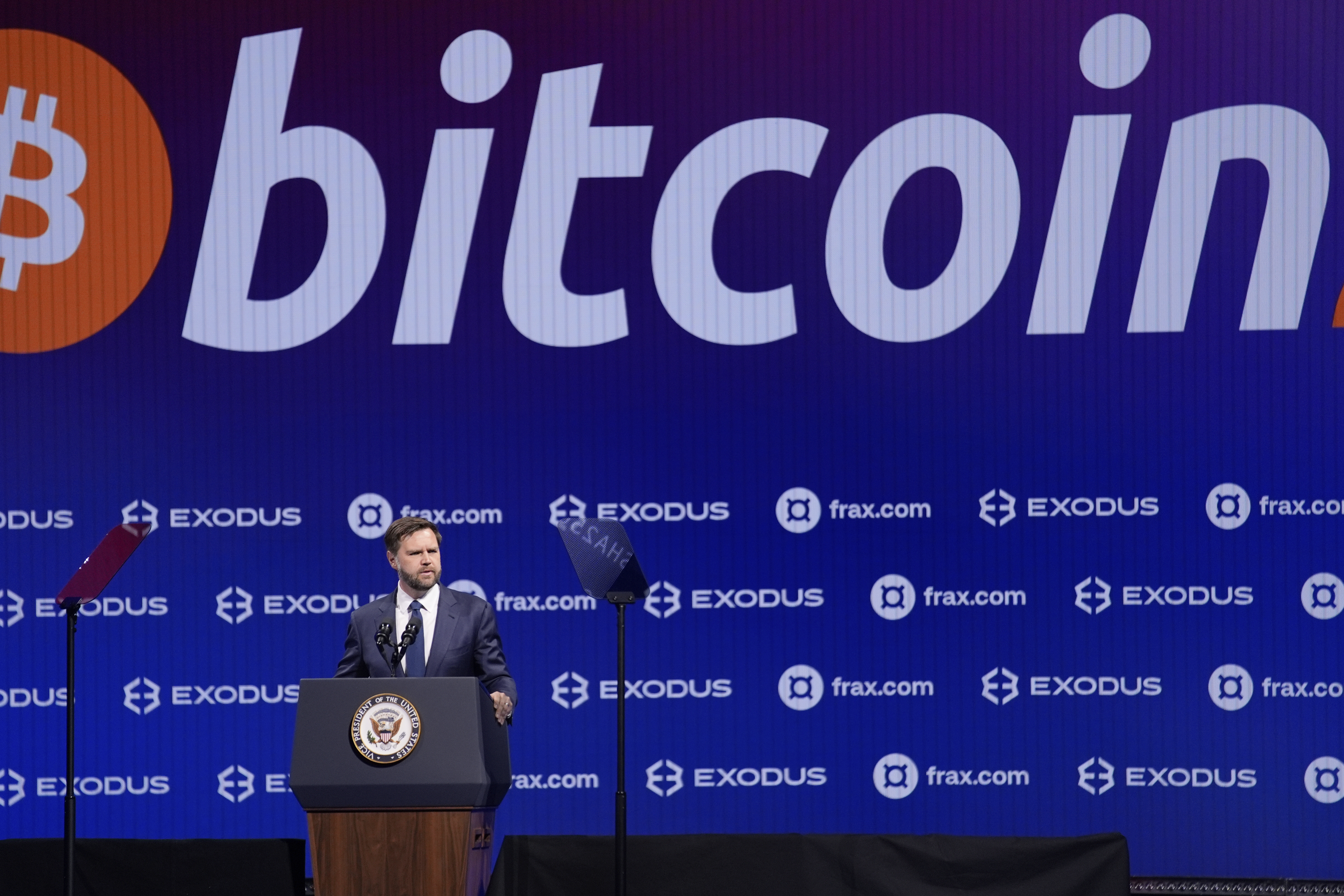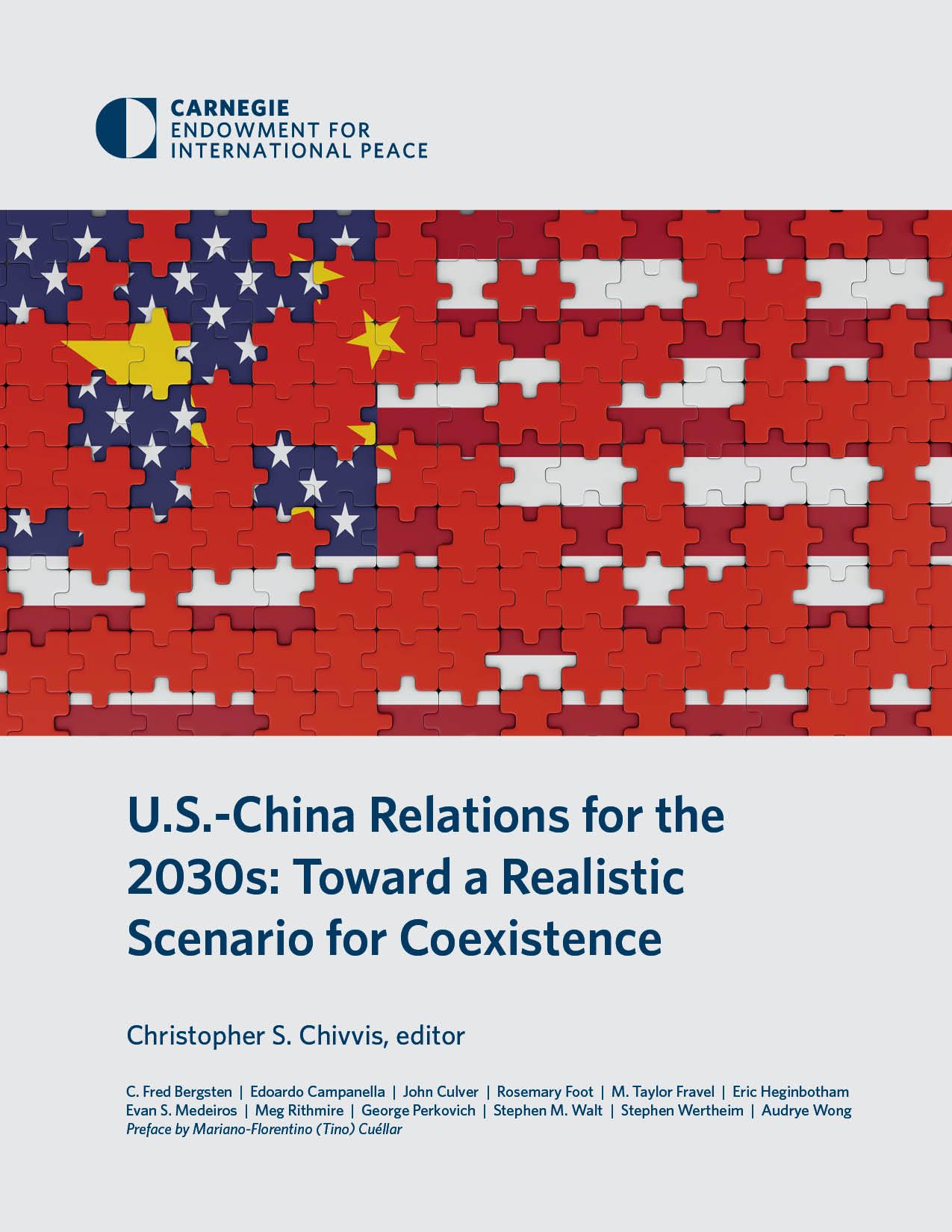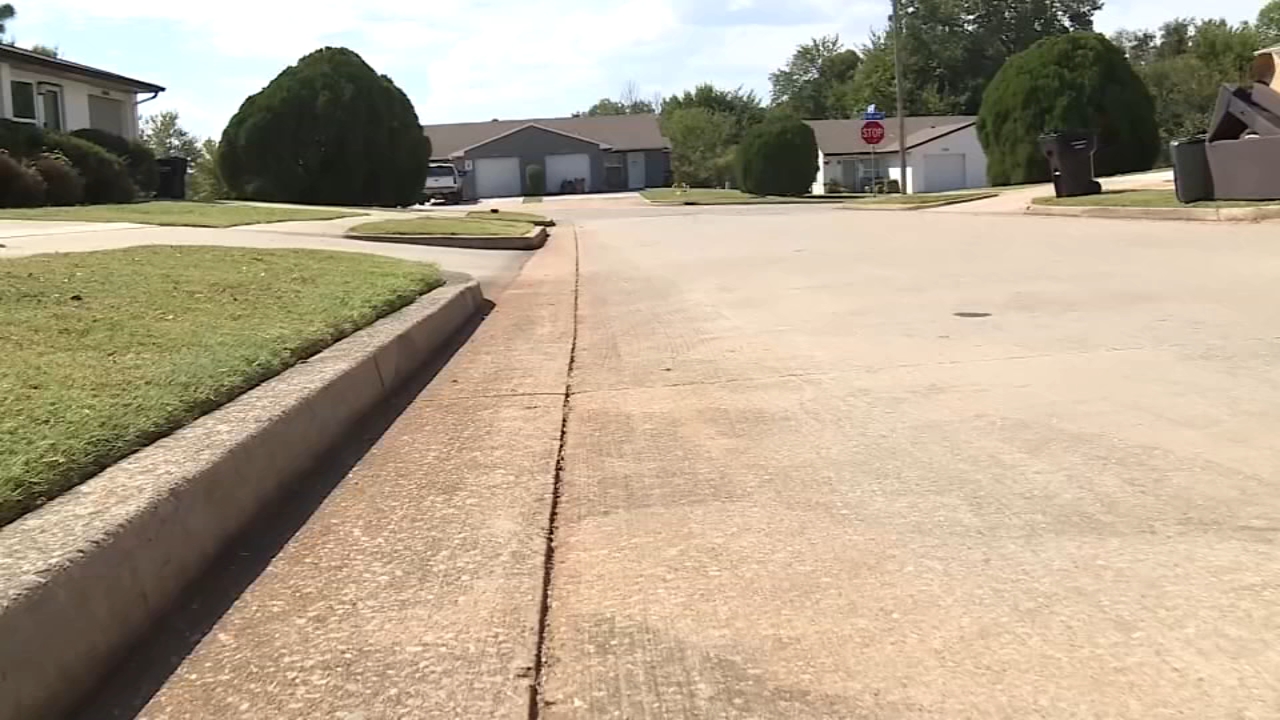Report on Legal Proceedings Concerning Former Cincinnati Politician and Implications for Sustainable Development Goals
Introduction: A Challenge to SDG 16 in Ohio
A legal appeal initiated by former Cincinnati politician PG Sittenfeld, despite a presidential pardon, presents a significant challenge to anti-corruption frameworks in Ohio. This case has profound implications for the advancement of the United Nations Sustainable Development Goals (SDGs), particularly SDG 16, which calls for peace, justice, and strong institutions.
Case Details and Conviction
The legal matter centers on Mr. Sittenfeld’s 2023 conviction on charges of bribery and attempted extortion. The key elements of the case are as follows:
- Mr. Sittenfeld was found guilty of accepting $20,000 from an undercover federal agent.
- The payment was solicited in exchange for securing political support and votes for a proposed development project in Cincinnati.
- Following a 16-month prison sentence, Mr. Sittenfeld received a presidential pardon from Donald Trump, commuting the remainder of his term.
- Despite the pardon, Mr. Sittenfeld is pursuing an appeal of the conviction itself, with the stated goal of reaching the U.S. Supreme Court.
Implications for SDG 16: Peace, Justice and Strong Institutions
The ongoing appeal poses a direct threat to the principles and targets outlined in SDG 16.
- Target 16.5: Substantially reduce corruption and bribery in all their forms. A successful appeal could set a legal precedent that weakens the definition of bribery, making it more difficult to prosecute corrupt acts. This would represent a significant regression from the goal of eliminating corruption within public institutions.
- Target 16.6: Develop effective, accountable and transparent institutions at all levels. The original conviction represented an effort to hold public officials accountable. Overturning this conviction on a legal technicality could undermine public trust and erode the perceived effectiveness and transparency of both judicial and governmental institutions.
Impact on SDG 11: Sustainable Cities and Communities
The nature of the original crime—bribery related to a city development project—highlights the vulnerability of urban planning to corruption. This directly impacts the viability of SDG 11.
- Corruption in urban development can lead to projects that are not aligned with principles of sustainability, equity, or community well-being.
- It undermines Target 11.a, which aims to support positive economic, social, and environmental links through strengthened development planning. When decisions are influenced by bribery rather than sound policy, sustainable outcomes are jeopardized.
- The integrity of public-private partnerships, essential for urban growth, is compromised, discouraging legitimate investment and hindering progress towards creating inclusive and resilient cities.
Conclusion
The legal challenge pursued by PG Sittenfeld is more than an individual’s attempt to clear their name; it represents a potential systemic setback for good governance in Ohio. The outcome of this appeal will serve as a critical indicator of the state’s commitment to upholding the anti-corruption and institutional integrity standards essential for achieving Sustainable Development Goals 16 and 11. A ruling that weakens anti-bribery statutes would fundamentally compromise the ability to build the accountable institutions and sustainable communities envisioned by the 2030 Agenda for Sustainable Development.
Analysis of Sustainable Development Goals in the Article
1. Which SDGs are addressed or connected to the issues highlighted in the article?
The primary Sustainable Development Goal (SDG) addressed in the article is:
- SDG 16: Peace, Justice and Strong Institutions
Explanation: The article’s central theme is a legal challenge to a bribery conviction involving a politician. This directly relates to SDG 16, which aims to “Promote peaceful and inclusive societies for sustainable development, provide access to justice for all and build effective, accountable and inclusive institutions at all levels.” The case of PG Sittenfeld, who was “convicted… of bribery and attempted extortion,” and his subsequent appeal, which could have “devastating implications for anti-corruption efforts,” squarely falls under the mandate of ensuring strong, just, and corruption-free institutions.
2. What specific targets under those SDGs can be identified based on the article’s content?
Based on the article’s focus on political corruption and bribery, the following specific targets of SDG 16 are relevant:
-
Target 16.5: Substantially reduce corruption and bribery in all their forms.
Explanation: This target is directly addressed. The article details a specific instance of corruption where politician PG Sittenfeld was convicted after “accepting $20,000 from an undercover FBI agent in exchange for lining up votes.” The entire legal battle described is about the definition and prosecution of bribery, which is a core component of this target.
-
Target 16.6: Develop effective, accountable and transparent institutions at all levels.
Explanation: The article discusses a “former Cincinnati politician” whose actions undermine the integrity of public office. Bribery erodes the effectiveness, accountability, and transparency of governmental institutions. The fight to uphold the conviction is an effort to maintain accountability, while Sittenfeld’s appeal challenges the very mechanisms that hold public officials accountable, thus relating directly to this target.
3. Are there any indicators mentioned or implied in the article that can be used to measure progress towards the identified targets?
Yes, the article provides a concrete example that serves as a qualitative data point for indicators related to SDG Target 16.5.
-
Indicator 16.5.1: Proportion of persons who had at least one contact with a public official and who paid a bribe to a public official, or were asked for a bribe by those public officials, during the previous 12 months.
Explanation: While the article doesn’t provide statistical data, it describes a specific, high-profile case that falls under the scope of this indicator. The conviction of Sittenfeld for accepting a bribe is a documented instance of corruption involving a public official. The legal appeal to “overturn his bribery conviction” directly impacts the legal framework used to identify and prosecute the acts measured by this indicator.
-
Indicator 16.5.2: Proportion of businesses that had at least one contact with a public official and who paid a bribe to a public official, or were asked for a bribe by those public officials during the previous 12 months.
Explanation: The bribe was accepted in exchange for “lining up votes for a Cincinnati development project,” which implies a business or corporate interest seeking favorable treatment from a public official. This aligns with the focus of Indicator 16.5.2, which measures corruption from a business perspective.
4. Table of SDGs, Targets, and Indicators
| SDGs | Targets | Indicators |
|---|---|---|
| SDG 16: Peace, Justice and Strong Institutions | 16.5: Substantially reduce corruption and bribery in all their forms. |
Implied/Exemplified Indicators:
|
| SDG 16: Peace, Justice and Strong Institutions | 16.6: Develop effective, accountable and transparent institutions at all levels. | Implied Indicator: The article’s focus on a politician’s bribery conviction and the subsequent legal fight implies a concern for the accountability and integrity of public institutions, which is a qualitative measure for this target. |
Source: cleveland.com






